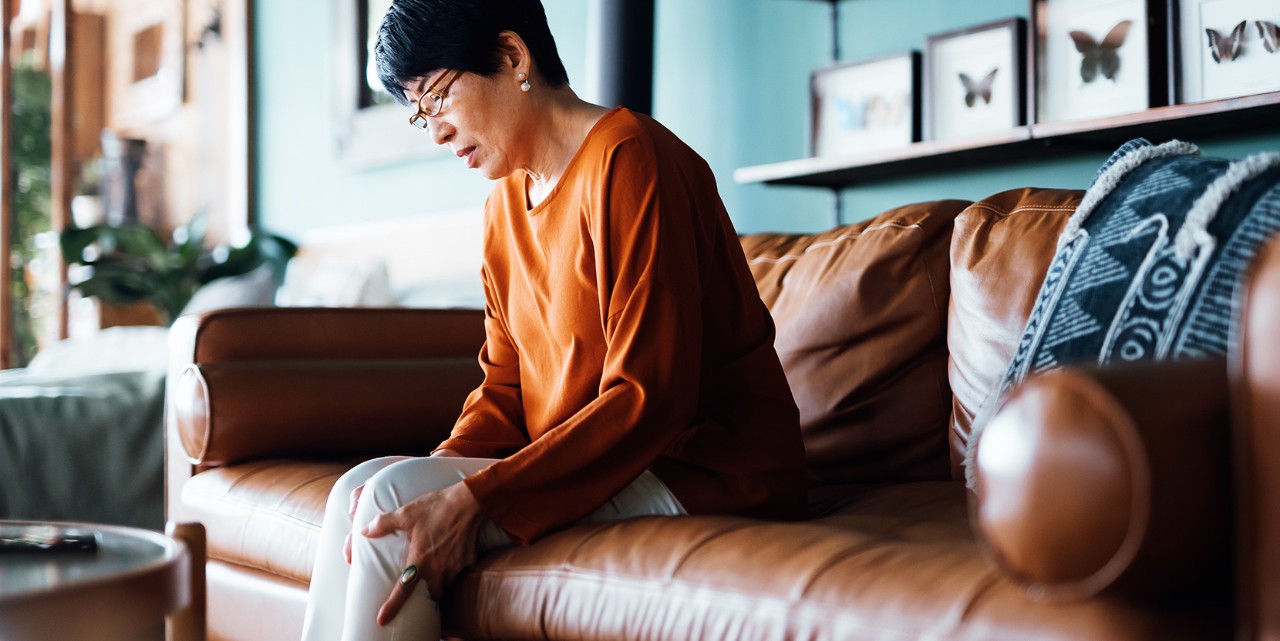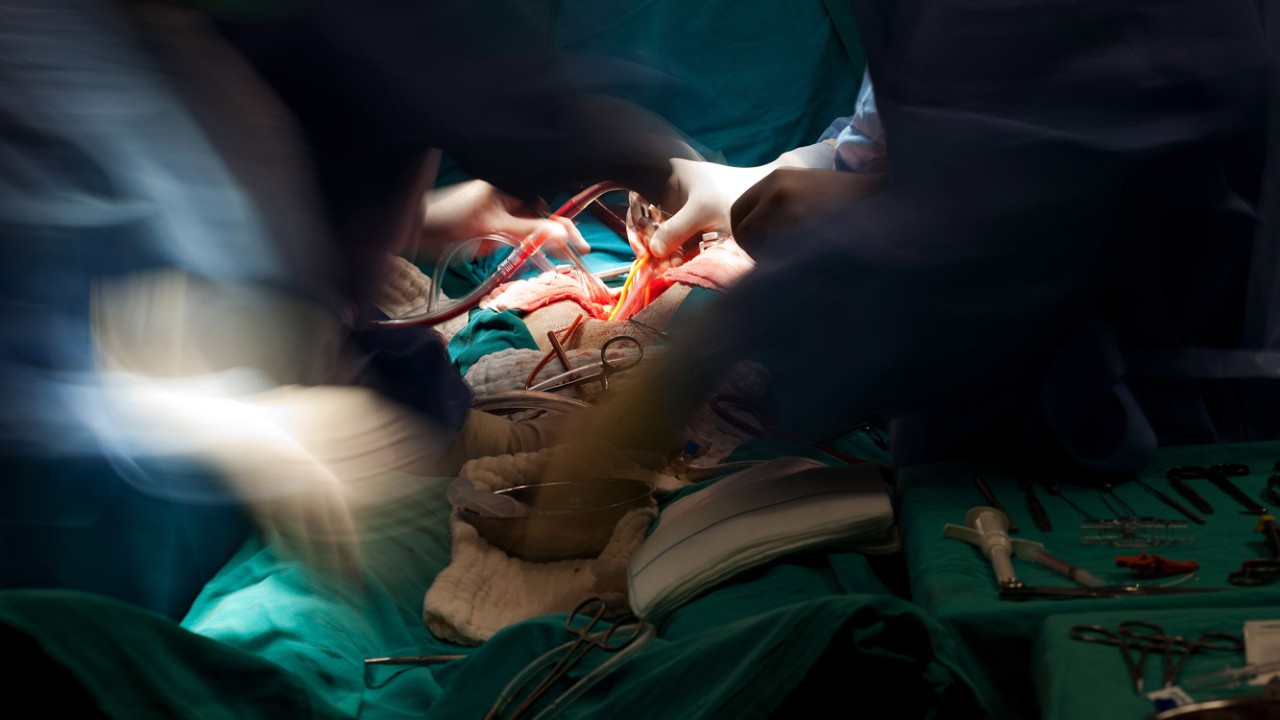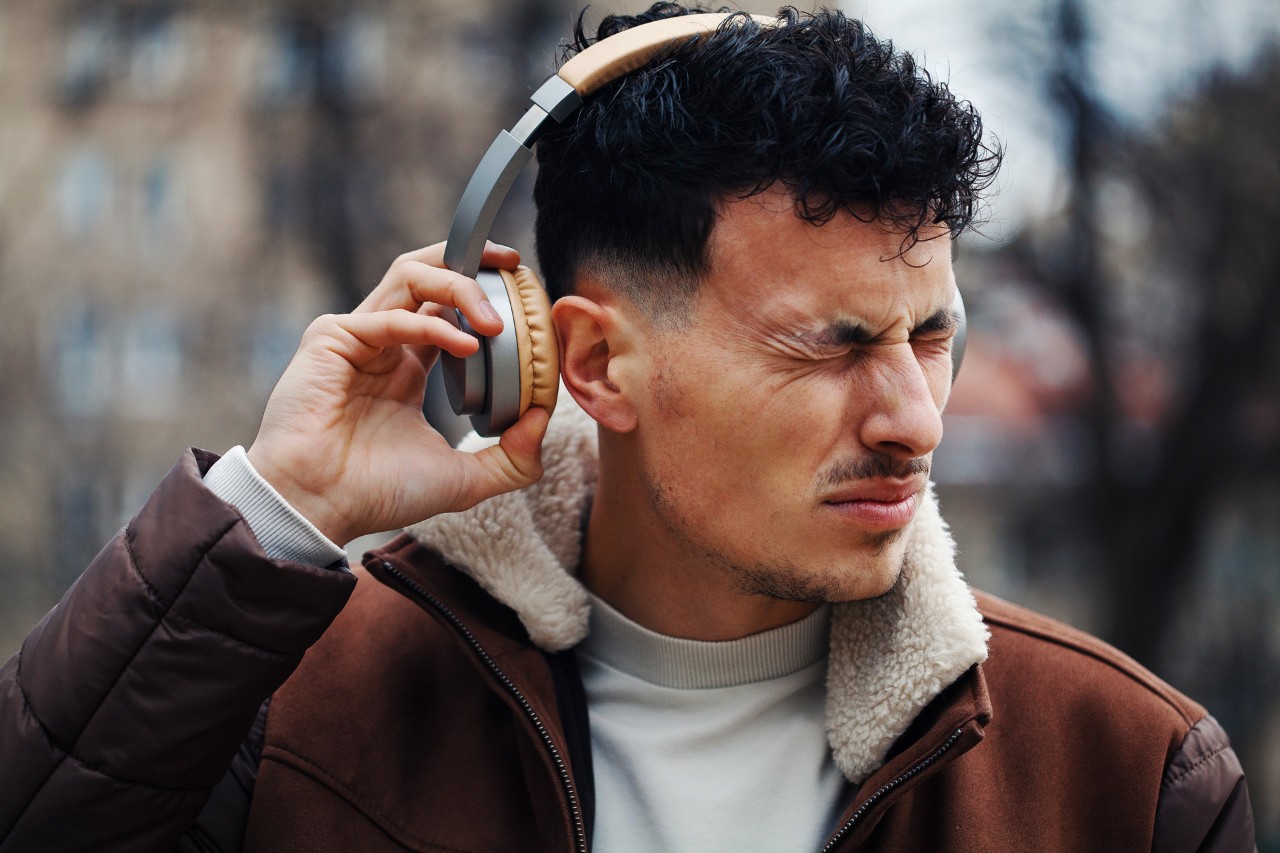Varicose veins - unfortunately not always harmless
Varicose veins are common, but what causes them and how can you treat them? Dr Silviana Spring tells us more and offers some tips.

What are varicose veins?
Varicose veins are swollen and enlarged veins that are often lumpy, bulging or twisted in appearance. In healthy veins, blood flows smoothly back to the heart via the venous valves that open and close to let blood through. Varicose veins develop when the valves close more slowly over time and eventually no longer close at all. This leads to a build up of blood in the veins in the legs.
The cause: How do varicose veins develop?
Varicose veins are mostly genetic. Pregnancy, clots in the deep veins of the legs (thromboses), obesity, and lack of exercise can promote their development. If you have a genetic predisposition to varicose veins, you can’t do anything to prevent them, but you can slow their progression.
Treatment: when and how?
There’s generally nothing stopping you living to 100 with varicose veins. However, as soon as you experience symptoms such as pain or swelling, you should consider treatment. Varicose veins are not just unpleasant to look at, they can also lead to more serious complications. It’s a good idea to see a doctor early on to avoid chronic venous insufficiency (vein weakness) and complications. During an examination of the veins, the patient’s history is first taken, a clinical assessment and flow measurements are made using electrodes on the lower legs, and the deep and superficial veins are examined using colour-coded duplex sonography. Further treatment depends on the results of the examination.
Prevention and treatment
To ease symptoms, you can wear medical compression stockings, put your feet up, take cold showers, get more exercise, watch your weight and avoid frequent sunbathing and saunas. One minimally invasive method of treatment is endovenous laser or radiofrequency therapy. Foam sclerotherapy is another common treatment, which involves injecting a foam sclerosant in a blood vessel to close it. The traditional method of treating varicose veins (“stripping”) is rarely used today. Minimally invasive treatments can usually be performed on an outpatient basis and they are far less painful for patients and cause less bruising. And they don’t need to take much time off work. Sporting activities can be resumed no later than two weeks after the procedure.
Possible complications
A feared complication of varicose veins is deep venous thrombosis, which can cause a life-threatening condition called a pulmonary embolism (clots in the vessels of the lungs). This can be fatal. Occasionally, veins close to the skin burst. Although this usually causes only minor bleeding, it requires medical attention. These are usually bleeding from small, so-called reticular varicose veins. And: even after successful treatment, new varicose veins can develop from previously healthy veins after a few years, as the predisposition to this is genetic.
Dr Silviana Spring is a specialist in vascular medicine at HerzGefässKlinik Bethanien in Zurich.


